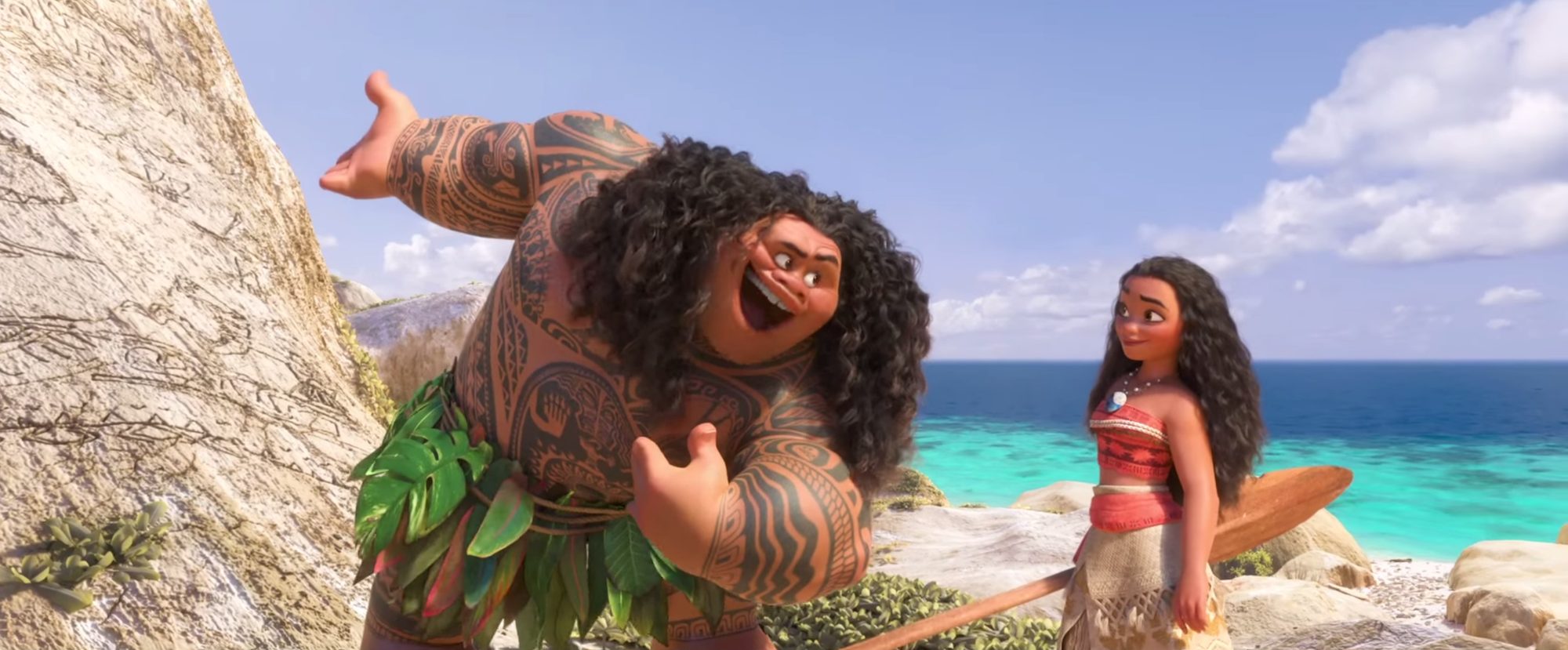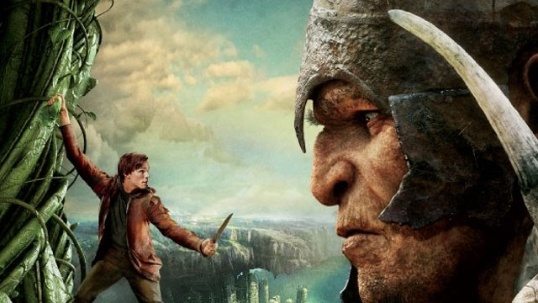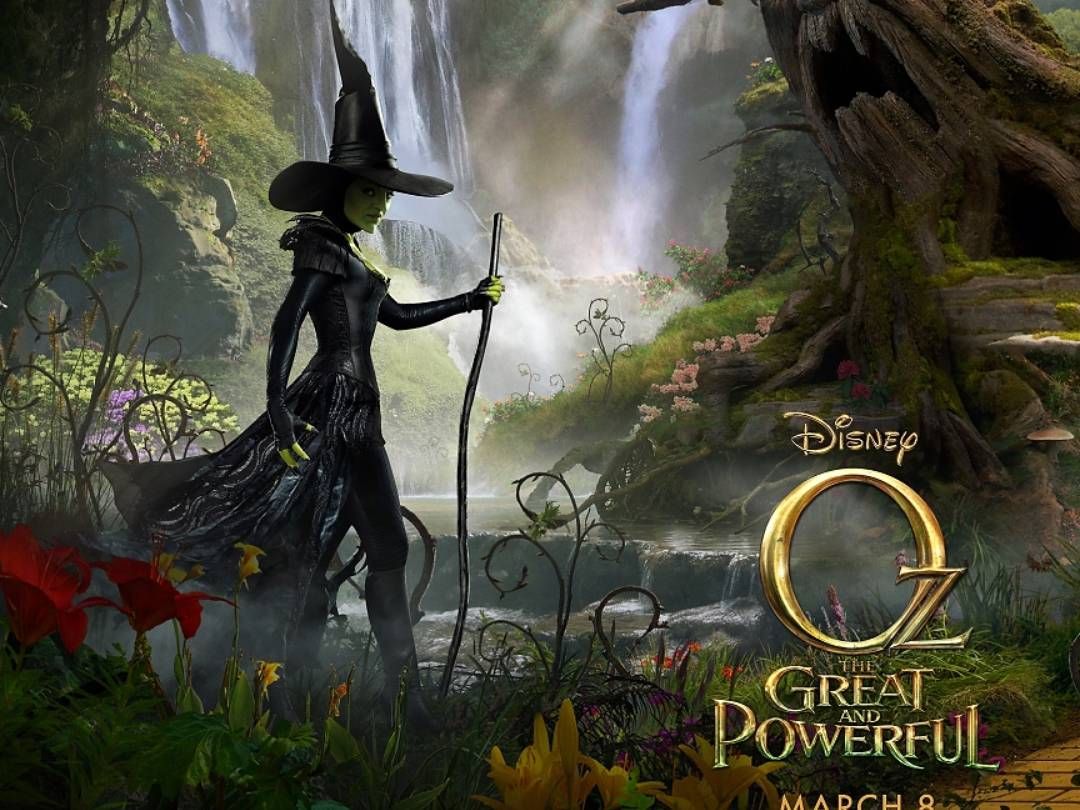
Disney’s Moana was a fantastic animated musical, and one of the main reasons why has to do with its handling of the female protagonist, Moana herself.
The animation studio was essentially founded on the cornerstone of the “princess” being a driving force of fairy tale movies, which eventually evolved into increasingly more diverse types of stories. Specifically, Snow White laid the groundwork as one of the best films of all time (animated or otherwise), as well Disney’s first feature film. And they later built upon this with Cinderella and Sleeping Beauty as smart ways to repeat Snow White‘s massive success.
This ended up being a saving grace for Disney after multiple near-catastrophes with bad box office, animator strikes, and so on, though Walt still believed in experimenting with non-princess movies like Peter Pan, Pinocchio, Dumbo, and of course, Mary Poppins.
Long after his death in 1966, the Disney Princess transformed from an idea to an actual media franchise worth an insane amount of money and indicative of Disney’s influence over generations of children. In the early 2000s, it became an official thing, combining the classic Disney princesses of the old days with recent heroines of the 90s renaissance. And the criteria, at the time, was confusing to say the least.

Obviously, Snow White, Cinderella, and Aurora were “inducted” into the official Disney Princess brand. Joining them was Ariel from The Little Mermaid, another obvious choice though different in the sense that she’s royalty of an underwater culture. Then Belle from Beauty and the Beast, who doesn’t technically become a princess until the very end of the movie.
Jasmine from Aladdin was another obvious choice, though striking because she was the first Disney princess to be nonwhite, and she’s more of a supporting character than a lead protagonist. Jasmine was followed up by two consecutive nonwhite Disney princesses, though: Pocahontas and Mulan. Though Tinker Bell from Peter Pan was technically a Disney Princess for a short time before getting replaced by Tiana and becoming a home video sensation.
They didn’t include Nala or Kiara from Lion King, which seems to be because animals simply don’t qualify. Same goes for Esmerelda from Hunchback of Notre Dame because she’s technically a gypsy, Megara from Hercules, and Jane from Tarzan. The first “modern” princess was Tiana from Princess and the Frog, then Rapunzel from Tangled was added as the first CG character. And the last Disney Princess in the official sense is Merida from Brave, a Pixar movie rather than a Walt Disney Animation one.

These are the “official” Disney princesses, but that hasn’t stopped many other fans from considering the wider breadth of characters to fit the bill. Simply because the criteria isn’t always consistent (like with Tinker Bell and Mulan not being royalty). Eventually, Anna from Frozen will be added along with Moana, but no one really believes their status as princesses is held back until Disney slaps their own label on it and has their clique running around Disney World.
A lot of this might sound a bit silly and inconsequential, but there are actually heated debates held by…some…who argue over which Disney female characters are “allowed” to be called Disney princesses. And this is a big deal, in part, because countless kids look to the mainstream Disney princesses as a representation of themselves in these movies. Parents want their kids to have positive role models, and the Disney princesses, like it or not, are a major cultural force in that regard.
The more recent Disney princess from CG animated films definitely fit the more literal interpretation of what’s become such a pervasive line of business for these animated films. But Moana subtly settles this debate, I believe, once and for all. It points out that the semantics don’t matter, really, as Disney seems intent on including future princesses as it sees fit.

The pivotal line between Maui and Moana is what specifically points this out. Maui tells Moana she is a “princess,” but she denies this because she’s actually the daughter of a Chief (the literal view). But Maui banters back with self-awareness on the writers’ part:
“If you wear a dress and have an animal sidekick, then you’re a princess.”
What he really seems to be saying here is that it doesn’t really matter. What makes these characters “princesses” has very little to do with royal bloodlines and more with the tropes that Disney infuses in its protagonists and supporting characters. A dress and an animal sidekick are incredibly broad. so Disney can in effect say from here on out that there’s no reason to overthink this merchandising franchise they’re so clearly benefiting from.
And that’s fine because it allows Disney to incorporate as many different cultures, hair colors, and clothing styles as they can with their princess characters, but not at the expense of the story making sense. Or worse, always falling back on traditional princess tales instead of doing something as “culturealistic” as Moana and Mulan.

Moving forward, I like to think that this line by Maui was allowed in the movie because they’re acknowledging how limiting it is to hold back the Disney Princess inclusivity for the sake of being so literal. It’s not relevant how these characters look on a family tree, but rather that they’re interesting characters who follow a consistent aesthetic and type of storytelling that’s proven incredibly successful for Disney since the 30s. Maybe one day, it won’t even be questioned whether or not a Disney princess is one because she wears a dress, especially if you consider the fact that they included Merida, a princess who is usually shown with her bow and arrow rather than a bucket of glitter.
But one thing’s for certain. The best Disney princess is obviously Lilo.








